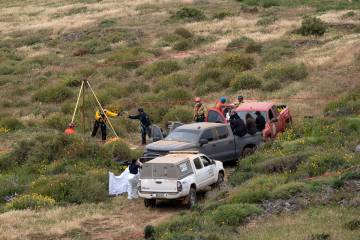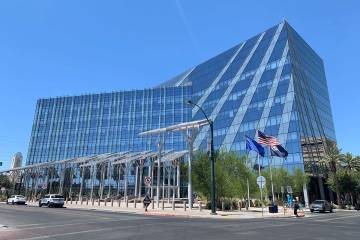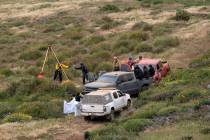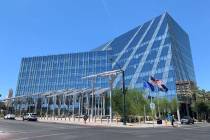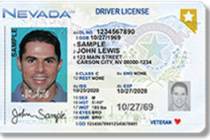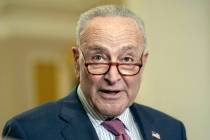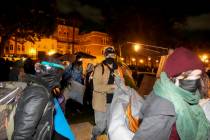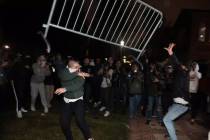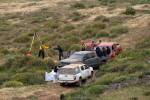Though population growth slows, county adds residents
There was a time when it seemed Clark County would never stop growing.
Now people wonder when it will stop shrinking.
The county still managed to attract 23,741 new residents in 12 months despite economic decline and a high unemployment rate, according to the U.S. Census Bureau.
But the county’s population growth has slowed. The Census Bureau estimated the county added 60,506 residents three years ago.
As of July 1, 2009, there were 1,902,834 residents in Clark County compared with the 1,879,093 reported one year earlier.
But the numbers are different than the ones recorded by the state demographer.
According to the state, there were 1,952,040 people in the county as of July 1, 2009, 49,206 people more than what census officials documented. And state officials are reporting a loss of 15,676 people in the same 12-month span.
In Washoe County, the Census Bureau estimated 414,820 residents in July 2009 while the state reported 416,632.
And in Esmeralda County, the Census Bureau reported a 38-person loss, leaving 626 in the entire county. The state reported 1,187 people, nearly doubling the total.
So where did all these extra people come from, which numbers are more accurate, and how could two sets of data recording the same thing have such different results?
State demographer Jeff Hardcastle said because both agencies collect information using different methodologies, clear population data will not come until after the 2010 census. The results are expected in the fall.
“They are estimates,” Hardcastle said. “Given the data we have in hand and the methods we have in hand, they’re the best we can do.”
Census Bureau officials collect information based on births, deaths and net domestic and international migrations using the 2000 census numbers as a base population.
Minor errors in tax records and changes in birth, death or Medicaid records can cause national statistics in smaller populations to be over-counted or undercounted, Hardcastle added.
State officials calculate population by the number of housing units and their occupancy rates, the work force, job growth, utility information — such as electricity and gas bills — and driver’s license data, among other factors.
But temporary residency can alter utility information, and not everyone changes over their driver’s license information when they move out of state, which can throw off population estimates, Hardcastle added.
“It’s not like there are 50,000 people (census officials) magically missed,” Hardcastle said. “Their method across the country tends not to do well with smaller jurisdictions and rapidly growing or rapidly changing areas. Until recently, we’ve been growing fairly rapidly.”
According to the Census Bureau, despite the housing bubble and increased energy costs, among other economic challenges, Nevada was the fastest- growing state in the country for 20 of the past 21 years.
Nevada stands to get a fourth seat in Congress based on data collected in the 2010 census. The 435 seats in the House are divided among the states every 10 years, based on the census data.
State legislatures are responsible for drawing new congressional districts. The reapportionment from the 2010 census will go into effect for the 2012 election.
The 3rd Congressional District was created because of population growth tracked by the 2000 census.
“Having people participate in the census is going to give us a good count,” Hardcastle said. “It’s a report card on me and the Census Bureau. It impacts congressional representation and significant federal funding.”
Census workers are wrapping up their door-to-door tracking by the end of June, and officials are asking people to contact their offices if they have not been counted.
Contact Kristi Jourdan at kjourdan@reviewjournal.com or 702-383-0279. The Associated Press contributed to this report.




